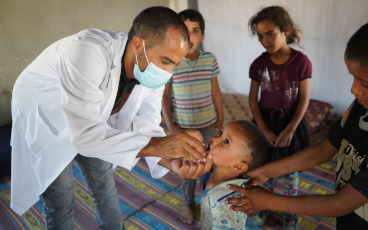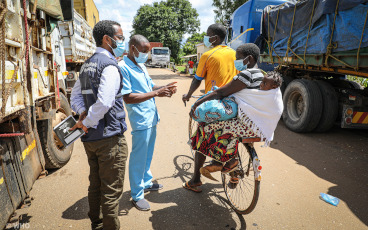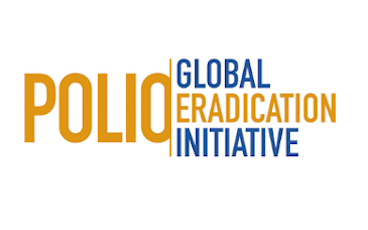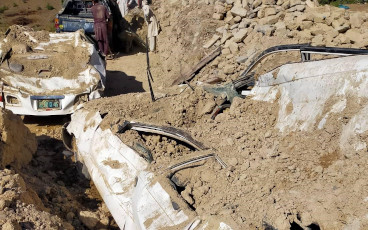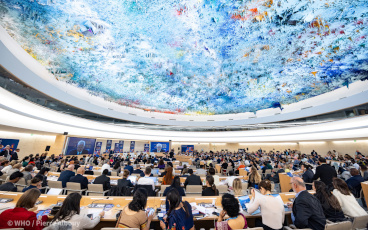Risk mitigation with the global switch
Partners of the Global Polio Eradication Initiative are taking important steps to mitigate the small risks associated with the switch
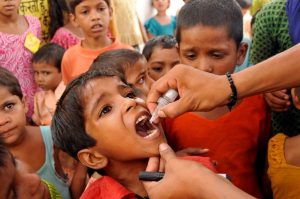
In April 2016, the world will embark upon the largest globally synchronised withdrawal of one vaccine, and roll out of a second vaccine in history. ‘The switch’ will see the trivalent oral poliovirus vaccine (tOPV) replaced with the bivalent oral poliovirus vaccine (bOPV). Learn more about the switch, and why it must be globally synchronised through this short video series.
The fact that we are ready to begin the phased removal of OPV is a remarkable sign of progress; wild poliovirus type 2 was declared eradicated in September 2015. The switch will play a vital role in achieving eradication, by removing the risk of new strains of circulating vaccine-derived poliovirus type 2 (cVDPV2) emerging now that children no longer need to be vaccinated against wild poliovirus type 2.
However, the partners of the Global Polio Eradication Initiative are also taking important steps to mitigate the small risks associated with the switch. The switch will eventually stop all risks of new emerging cVDPV2s following the switch.
The main risk associated with the switch is a declining population immunity to type 2 poliovirus. To minimise this, the polio eradication programme is working to increase immunity levels to type 2 poliovirus to a historically high level world-wide, prior to the switch. If a sufficient number of the population are immunized that the vaccine-virus cannot find enough susceptible hosts in which to survive, it will die out and no longer pose a threat, as polioviruses can only survive for a limited amount of time in the environment.
It will be vital that the programme stops any potential cVDPV2 outbreak rapidly, should one occur. This will be done principally through a global stockpile of the monovalent oral poliovirus vaccine type 2 (mOPV2), which would be used to rapidly build immunity against type 2. The introduction of one dose of the inactivated poliovirus vaccine (IPV) into routine immunization systems in countries at particularly high risk of cVDPV2 outbreaks is a further risk mitigation measure.
It can be anticipated that at least one outbreak of cVDPV2 will occur following the switch. However, at their recent meeting in October 2015, the Strategic Advisory Group of Experts on immunization (SAGE) evaluated the need for the switch, and reaffirmed that continued use of tOPV in routine immunization systems would constitute a great public health threat than going forward with the switch. Principally, this is due to the risk of seeding new cVDPV2s with the vaccine, but is also driven by the 200 cases of vaccine-associated paralytic poliomyelitis each year attributable to the type 2 component of tOPV.
In parallel with the switch, it is vital that countries properly enforce containment requirements to prevent accidental or malicious reintroduction of the type 2 virus into the environment from a laboratory or vaccine manufacturing facility. Learn more about the importance of containment for the switch in this video.
By properly preparing now and for after the switch, the international community is passing an important milestone for public health through the biggest globally synchronised project in the history of vaccines, and taking the world one step closer towards eradicating polio for ever.
Learn more about building resilience for the switch here.


